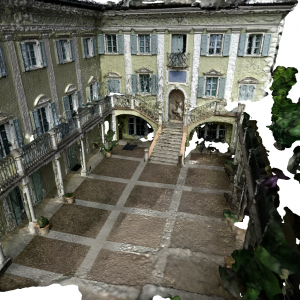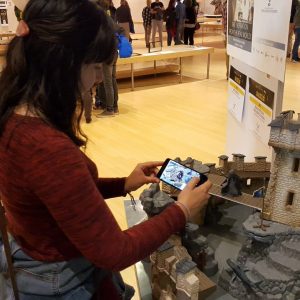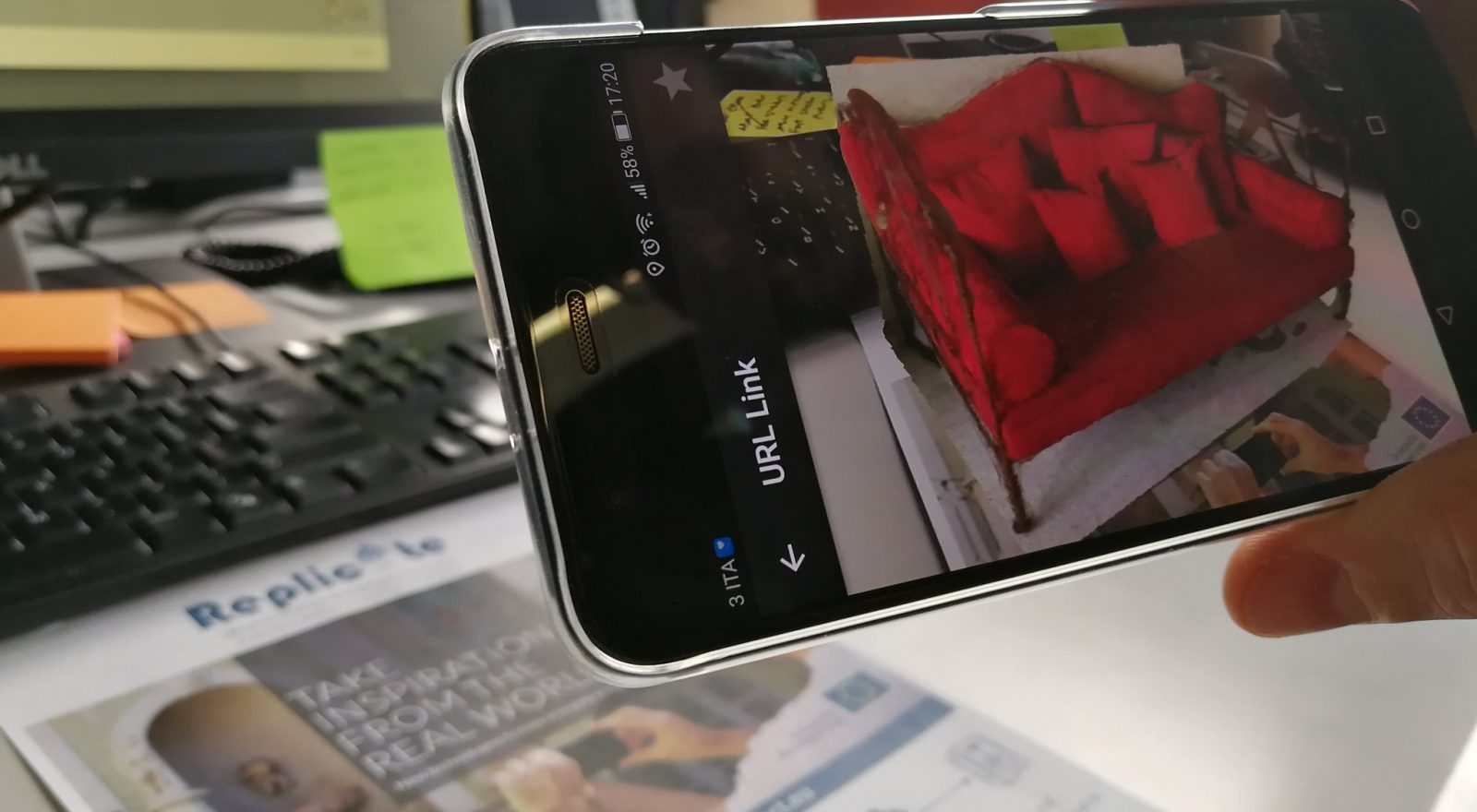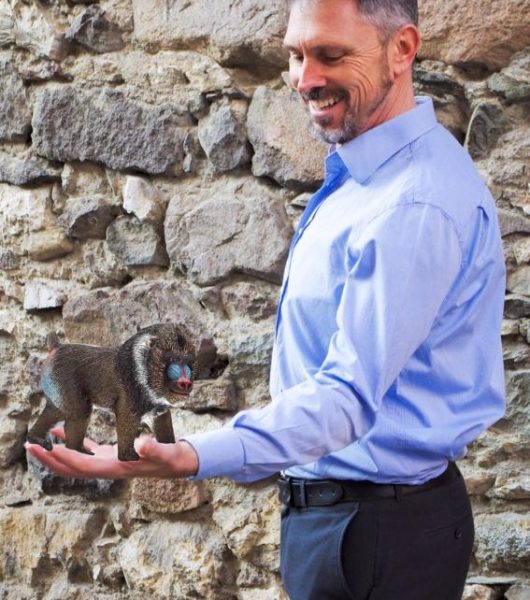Replicate: 3D rendering and augmented reality with a smartphone
The project, which makes 3D rendering of objects and environments easy through a simple smartphone, is undergoing experimentation in a number of local settings, including Muse and the Buonconsiglio Castle
REPLICATE (cReative-asset HarvEsting PipeLine to Inspire Collective-AuThoring and Experimentation), an augmented reality project co-ordinated by Fondazione Bruno Kessler and involving six other European partners, including ETH Zurich, Fraunhofer Heinrich-Hertz-Institut and t2i-technology transfer and innovation of Treviso, is now in full swing.
The project, funded by the Horizon 2020 European Research and Innovation Program, has the objective to use smartphones (or tablets) camera for 3D rendering of objects and environments.
This is made possible by an application for smartphones, extremely easy to use, which works as a plain camera: users simply press the “REC” key and scan the object they want to obtain a 3D rendering of. At that point, an algorithm selects some images and sends them to a server, which renders the scanned object in three dimensions. The application works with both small and large objects such as toys and buildings.

Rendering of Villa Tambosi
The goal is to stimulate creativity at all levels: the project is designed both for creative industry professionals, especially those interested in virtual and augmented reality applications, and for enthusiasts. “This technology can be used everywhere, anywhere, anytime: users do not need complex or expensive tools, just a smartphone,” says REPLICATE project manager Paul Chippendale, with FBK’s TeV Research Unit, involved in the project together with the 3DOM team.
The project, started in January 2016 and due to end in 2018, is now in its most operational phase: researchers are in fact testing, in different contexts, the application, which has been distributed within some “incubators”, to the end of studying the way users use it and their positive or negative ratings.

The project, started in January 2016 and due to end in 2018, is now in its most operational phase: researchers are in fact testing, in different contexts, the application, which has been distributed within some “incubators“, to the end of studying the way users use it and their positive or negative ratings.
In particular, experimentation is under way in three different organizations: Muse, the Buonconsiglio Castle and the “Maffei” High School in Riva del Garda. The project was also presented to the public during the Researchers’ Night , on September 29.

